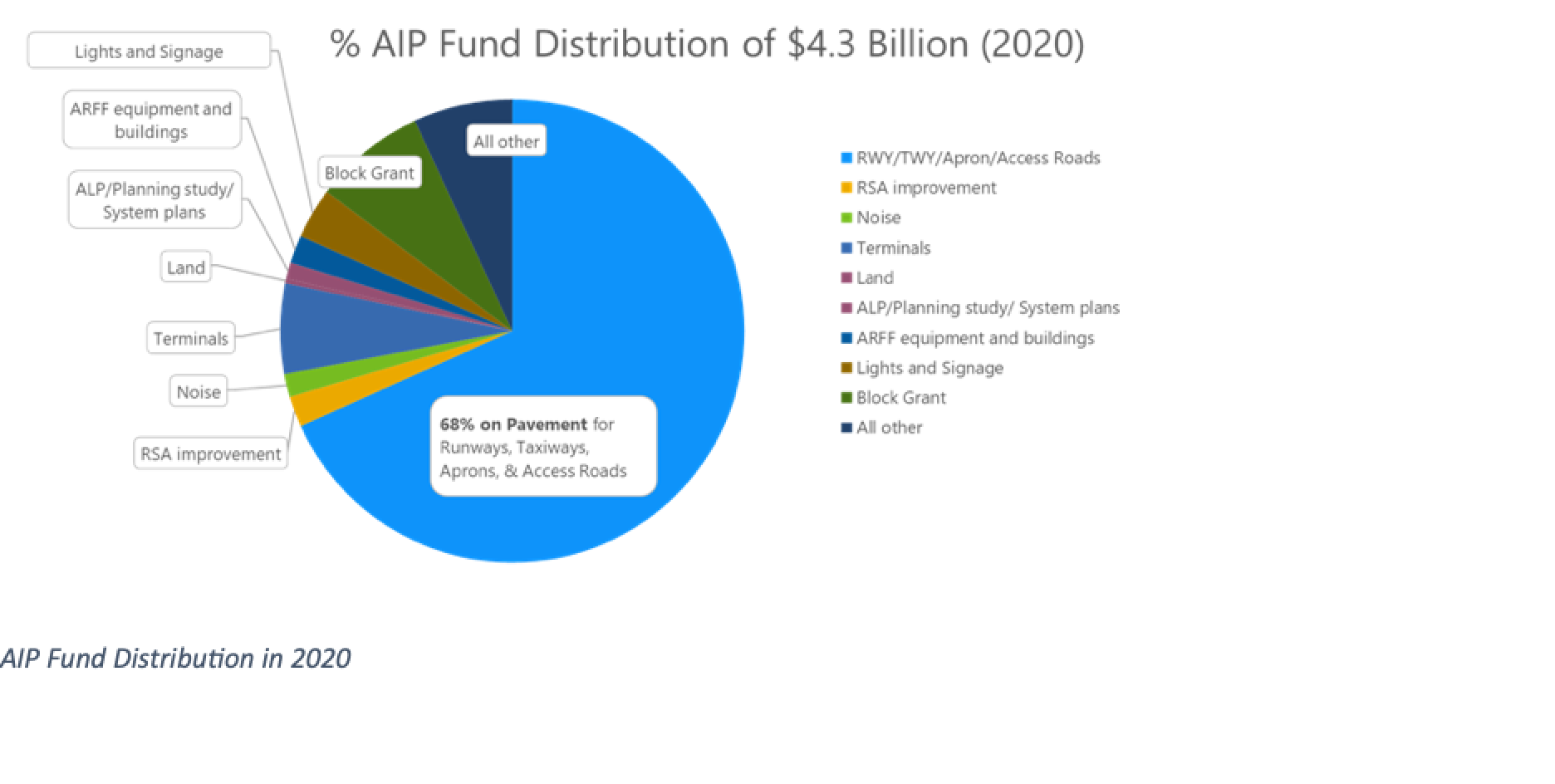When the Boeing 777 entered the commercial fleet, it introduced concerns that the nation’s airfield pavements might prematurely fail. This new plane had fewer wheels than its predecessor, the Boeing 747, and exerted more pressure on airfield pavements. Could pavements designed for 58,000 pounds per tire sustain the pressure placed on them by 63,000 pounds per tire with a new gear configuration? In response to these concerns, FAA created the National Airport Pavement Test Facility (NAPTF). Research conducted here indicated that our airfield pavement design was conservative. Our airports did not need to worry about premature failure. The research conducted at NAPTF saved billions of dollars in runway upgrades.
Today, the FAA’s Airport Technology Research (ATR) Pavement Research and Development Section continues to generate high quality, accelerated performance data through simulation tests that assess airfield pavement failure. Our research informs standards and guidelines for the proper design, construction, and maintenance of airfield pavements, promoting longer-lasting, more cost-effective, and environmentally friendly pavements. Such advancement is required, as the demands by aircraft on airports is always increasing for both passenger and freight travel.
The ATR Pavement R&D Section has four major areas of study that support objectives to promote safer and longer lasting infrastructure using innovation and technology:
These focus areas align with research requests from FAA Office of Airport Safety and Standards and U.S. DOT’s Strategic Plan and address distinct issues and concerns of airfield pavement stakeholders .
Research Drivers
Airport traffic continues to increase, which requires heightened operational readiness through optimal design and construction, and more efficient methods for airfield pavement evaluation (inspections) and maintenance. Ongoing research explores innovative technologies that can be implemented rapidly in the field while also increasing long-term durability.
Recent trends in aircraft production to extend passenger, cargo, and fuel capacity have led to a significant increase in tire pressure and wheel loads. This is especially important as industry is expanding into Commercial Space. The airport pavement industry must act in advance with standards for pavement design and materials that accommodate these increases.
The Airport Improvement Program (AIP) allocates grants each year, about 68 percent of which are for airfield pavement projects. In other terms, over $2.9 billion of the $4.3 billion awarded to sponsor airports in Fiscal Year 2020 funded pavement projects (designing, building, and rehabilitating airport runways, taxiways, and aprons). Through active airfield pavement research, FAA will continue providing the guidance required to ensure that pavements last longer, withstand ever-increasing stresses, and require less rehabilitation over time. These findings will reduce pavements costs in the AIP, allowing the allocation of those funds to meet broader airport needs.
